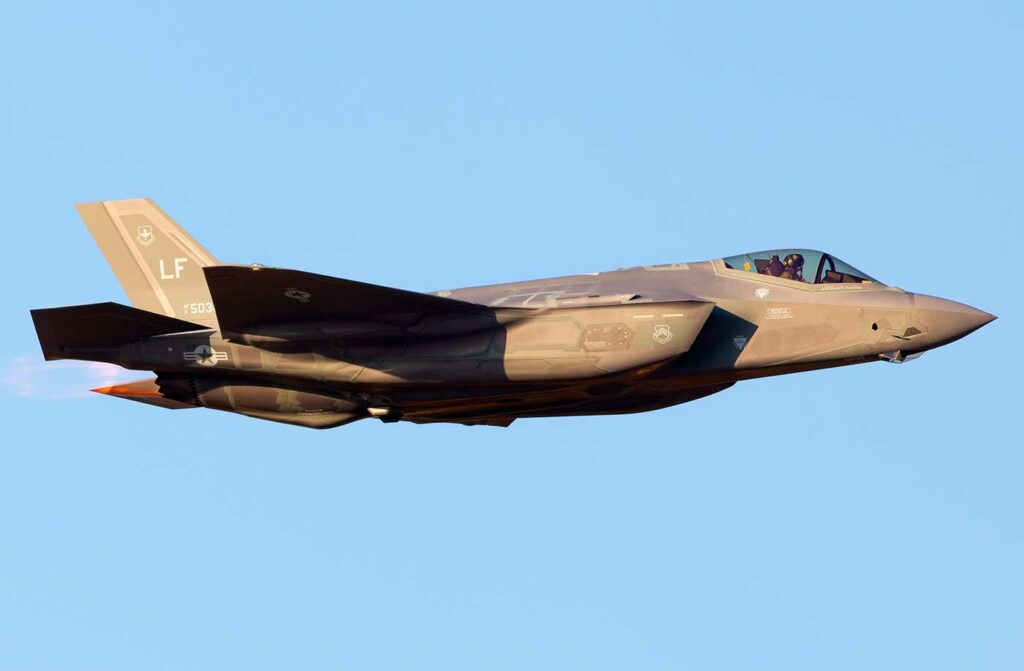
Spain abandons the American F-35 in favor of the SCAF and Eurofighter, adopting a strategy of European military sovereignty.
On August 6, 2025, Spain officially that it would abandon the purchase of American F-35 fighter jets in favor of an investment of more than €10 billion in European industry, with an increased focus on the Future Combat Air System (SCAF) and the Eurofighter Typhoon. The decision reflects both a desire to revive the national industry and a strong political statement in the face of growing tensions with the United States. It prioritizes technological sovereignty and the maintenance of strategic industrial skills, while raising concrete questions about immediate operational capacity, particularly for the navy, which is losing its Harrier aircraft with no alternative vertical takeoff option.
The strategic decision and its political context
The announcement of the decision, reported by El País, marks a turning point in Spanish defense policy. The government has chosen to allocate 85% of the military budget, or $10.471 billion, to European programs, thereby excluding the American F-35. This decision comes amid growing diplomatic tensions with Washington, particularly in light of criticism of Spanish military spending by prominent American figures.
Politically, the Popular Party is demanding that the Minister of Defense clarify to Parliament the technical criteria behind this choice, as well as the capabilities that will be lost or threatened, particularly for the navy and air force. This is a break with the strategic expectations of a traditional ally: Spain is asserting greater political and technological independence.
Operational consequences for the navy and air force
Operationally, the decision to abandon the F-35B, the only European short take-off and vertical landing aircraft, represents a clear loss of naval capability. With no alternative in the meantime, the aircraft carrier Juan Carlos I will have to make do with helicopters after the Harrier AV-8B is decommissioned in 2030. No replacement measures have been announced in the short term, creating a tactical gray area in maritime defense projections.
In the air, the Eurofighter Typhoon will remain the backbone of the forces. Deliveries are scheduled to begin in 2026 under previous orders; they are intended to gradually compensate for the withdrawal of the F-18s until 2035, with the Rafale being used in the interim to maintain capabilities until the arrival of the SCAF.

The industrial gamble on the SCAF and the Eurofighter
Massive investment in European industry is reflected in the strengthening of the SCAF (Future Combat Air System) program, in which Spain shares responsibilities with France and Germany. The program calls for the development of a sixth-generation aircraft capable of operating with drones and interconnected networks, which is expected to enter service around 2040, following demonstration and industrialization phases. Phase 1B, launched in April 2023 in Madrid, represents a budget of $3 billion over three years, shared between the three countries, with total projected costs of $50 to $80 billion for the entire cycle.
At the same time, the Eurofighter Typhoon remains a proven solution. Ordering and maintaining this European platform allows Madrid to generate technological, industrial and employment benefits. This secures the national supply chain, keeping added value in Europe and avoiding dependence on, or even the imposition of uncontrollable recurring costs associated with locked-in US technology.
Short- and medium-term outlook and risks
The main challenge remains time: immediate operational capability, especially for the navy, is likely to be impacted until 2030 without the F-35B. Building a new aircraft carrier capable of accommodating European fighters, such as the Rafale, has been mentioned, but no realistic deadline has been set. The air force has a little more leeway, but it will have to navigate a delicate balance between the withdrawal of the F-18s, Eurofighter orders, the possible introduction of the Rafale, and the transition to the SCAF around 2040.
The SCAF, for its part, is not immune to industrial tensions. Disagreements between Dassault and Airbus over the governance of the project could delay the schedule and weaken the program. Other European countries, such as the United Kingdom (Tempest) and Belgium (SCAF observer), are also reconfiguring their choices, making the European horizon competitive and uncertain.
Finally, on the geopolitical front, although Spain asserts its strategic autonomy, it is depriving itself of the proven operational guarantees associated with the interoperability of the F-35 within NATO and transatlantic partnerships.
War Wings Daily is an independant magazine.